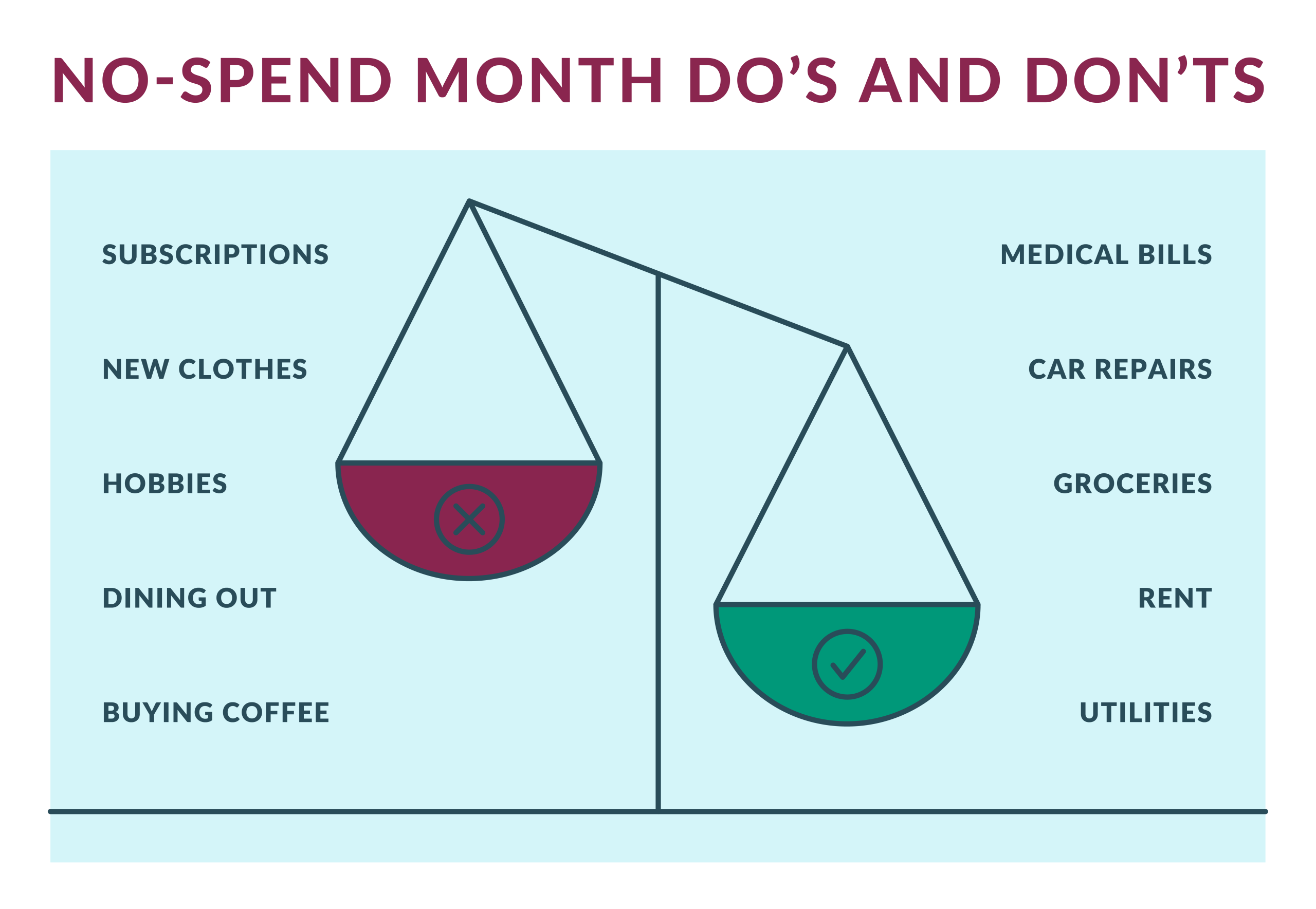Anúncios
Certificates of deposit are one of the safest options for those looking to invest money in the United States. But did you know there are different types of CDs?
Each one has specific characteristics that may be better suited to certain financial needs.
They offer predictable returns and are guaranteed by the Federal Deposit Insurance Corporation (FDIC), making them an attractive choice for conservative investors.
In this comprehensive content we have prepared for you, we will detail the main types, advantages, and when they may be your best choice. Let’s go!
Different Types of CDs and How They Work
CDs are financial products offered by banks and credit unions that allow investors to deposit a fixed amount of money for a predetermined period.
In exchange, banks offer a fixed or variable interest rate, guaranteeing a return on investment at the end of the term.
The main advantage of CDs is security, as the funds are protected up to certain limits by the FDIC. Each type of CD has its own condition, which can influence the yield and liquidity of the investment. Next, get to know the most common types of CDs.
Traditional CD
The traditional certificate of deposit (CD) is the most common form of this investment, widely offered by banks and financial institutions.
It works as a term deposit, where the investor chooses a fixed period to keep their money invested, generally ranging between three months and five years.
During this period, the funds are retained, earning interest at a predetermined rate.
One of the main advantages of this type of CD is the predictability of returns. As the interest rate is fixed, the investor knows exactly how much they will receive at the end of the term.
The traditional CD is insured by the Federal Deposit Insurance Corporation (FDIC) in the United States, providing protection to the investor up to a certain limit.
However, a significant disadvantage to highlight is the lack of liquidity. If the investor needs to withdraw the money before maturity, there will be a penalty, reducing the accumulated interest and, in some cases, even part of the invested capital.
For this reason, this modality is recommended for those who can keep the money invested until maturity, without the need for early access.
Traditional CDs are an excellent choice for conservative investors who want a guaranteed and predictable return, without taking risks with market volatility.
High-Yield CD
High-yield CDs function similarly to traditional CDs but stand out by offering more attractive interest rates.
Generally, these products are offered by online banks, which have a reduced operational cost structure and can pass these benefits on to investors.
The main advantage of this type of CD is that it can surpass the yields of savings accounts and other fixed-income products, becoming an interesting alternative for those looking for better returns without compromising on security.
However, like traditional CDs, it also imposes penalties for early withdrawals, which requires careful planning by the investor.
This option is ideal for those who want to maximize returns without significantly increasing the risk of the investment, as long as they can keep the money invested until maturity.
Jumbo CD
Jumbo CDs are aimed at investors who have large sums to invest. To be considered a Jumbo CD, a minimum investment of $100,000 is usually required, making it a more restricted option for high-net-worth investors.
In exchange for this substantial investment, banks often offer higher interest rates compared to traditional CDs.
This type of CD is widely used by large investors, companies, and financial institutions seeking predictable returns and security for large amounts.
Although Jumbo CDs may offer better yields, they also have the disadvantage of limiting access to the invested capital, requiring a long-term commitment to reap the benefits.
Bump-up CD
The Bump-up CD is a flexible option that allows the investor to request an increase in the interest rate during the investment term if market rates rise.
This can be advantageous during periods of rising interest rates, ensuring better returns without having to withdraw the money and reinvest in a new CD.
So, this type of CD typically offers slightly lower initial rates than traditional CDs, precisely because of the possibility of adjustment.
Therefore, it is recommended for those who want protection against inflation and the possibility of better returns without taking additional risks.
Typically, Bump-up CDs allow one or two interest rate increases during the investment period, but this can vary according to the financial institution. It is important to check the contract conditions before investing.
IRA CD
The IRA CD is an option that combines the benefits of certificates of deposit with individual retirement accounts (IRA).
It works like a traditional CD, but the invested amounts are linked to an IRA account, which can provide tax advantages.
This option is recommended for investors who want a safe alternative within their retirement strategy, ensuring predictable growth for their resources in the long term.
The earnings accumulated in an IRA CD can grow tax-deferred, which means that taxes on the profits are only paid at the time of withdrawal, depending on the type of IRA (traditional or Roth).
This makes this option appealing for those who seek to preserve and increase their future income with greater security.
Add-on CD
The Add-on CD is ideal for investors who wish to increase their investments over time. Unlike other types of CDs, it allows the investor to make additional deposits during the investment term.
This is useful for those who want to start with a smaller amount and gradually expand their investments without needing to open new CDs.
The conditions vary between banks, but there are normally limits on the frequency and amount of additional deposits.
This option can be a good choice for those who have variable incomes or prefer to build their savings over time.
No-Penalty (Liquid) CD
No-penalty CDs allow the investor to withdraw the money before maturity without paying penalties. Generally, these CDs offer lower interest rates than traditional ones, as compensation for the liquidity.
They are indicated for those who seek security but may need to access the funds at any time.
This flexibility makes no-penalty CDs an interesting option for those who want to balance security and liquidity, especially in times of economic uncertainty.
Some financial institutions impose restrictions, such as a minimum period before the first withdrawal or withdrawal limits within a specific period. It is crucial to read the terms carefully before investing.
Step-up CD
The Step-up CD is a type of certificate that allows interest to be paid periodically to the investor, rather than just at maturity.
This is interesting for those looking for a source of passive income over time.
This modality is especially useful for retirees or investors who want to receive regular payments without compromising the initial capital.
Depending on the financial institution, interest may be paid monthly, quarterly, or annually.
Callable CD
Callable CDs allow the bank to terminate the CD before the term, if interest rates fall. They offer higher initial rates, but with the risk of being canceled before maturity.
When a bank decides to “call” a CD, it returns the invested capital with the interest accrued up to that point. This can be disadvantageous for the investor, who is forced to reinvest in a CD with lower rates.
Therefore, this option is recommended for those who want to take advantage of higher initial yields but are aware of the risk of cancellation.
Foreign Currency CD
This type of CD allows investing in currencies other than the dollar, such as euros or pounds. It can be advantageous for diversification, but it involves currency risks.
Foreign currency CDs are a good option for investors who want exposure to other economies without having to invest directly in stocks or other international assets.
However, it is important to consider that the return rate can be influenced by currency fluctuations, which can both increase and decrease gains.
Before investing, it is essential to assess the stability of the chosen currency and the impact of conversion rates and taxation on expected returns.
Choosing the best CD depends on your financial needs and your investor profile. If you are looking for security and predictability, traditional and high-yield CDs can be good options.
For those with larger amounts to invest, the Jumbo CD can offer more attractive rates. Investors who desire greater flexibility might consider options such as the Bump-up, Add-on, or Liquid CD.
Evaluate your options carefully and choose the one that best fits your goals! If you want to learn more about CDs and what this resource represents read the post and stay even more updated.






